Releasing the receiving antenna of "Loon", which enables Google to connect to the Internet via Wi-Fi anywhere using a balloon, reveals part of the grand plan

Internet service from balloon planned by Google "Project Loon"What kind of receiving antenna was released last Friday, but its number of times of reproduction already exceeds 20 thousand times, it shows the height of attention of Project Loon.
Loon for All - Project Loon - Google
http://www.google.com/loon/
Two-thirds of the world's population lives in an environment where people can not access the Internet. "Project Loon (Google)" is advancing a project to skip a balloon for a net line to the sky of the world and make access to the Internet even for people in remote areas and remote areas where the Internet infrastructure is not yet set up In June 2013, a demonstration experiment has started in New Zealand. Rune attracts a great deal of attention from all over the world in that it becomes an emergency line that can be used even in the event of a disaster in the Internet infrastructure due to disasters.
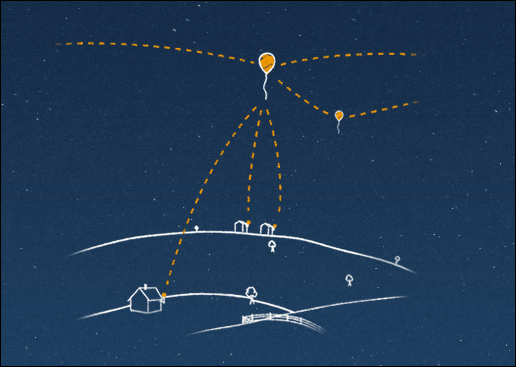
Rune balloons are blown to the stratosphere to avoid airplanes and bad weather. The air current is used as a power source for movement, and altitude and course can be steered from the ground. To the network by Rune, the signal from the balloon is received by a dedicated antenna (receiving antenna) installed in the building on the ground and it is distributed.
A movie about this receiving antenna is released on YouTube.
Ask Away: What's inside the Loon antenna? - YouTube
Cyrus Behroozi, the leader of the network engineering department, has the Rune reception antenna in his hand.
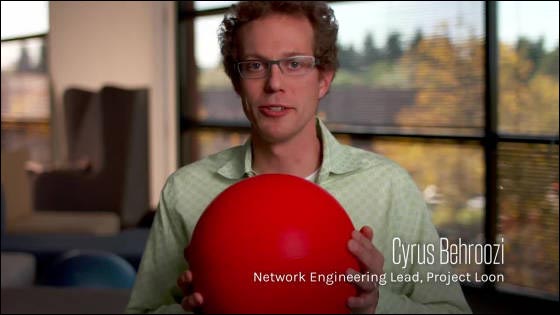
The antenna is roughly divided into an antenna part (upper part) and a radio part (lower part). Paccari cover the antenna part.
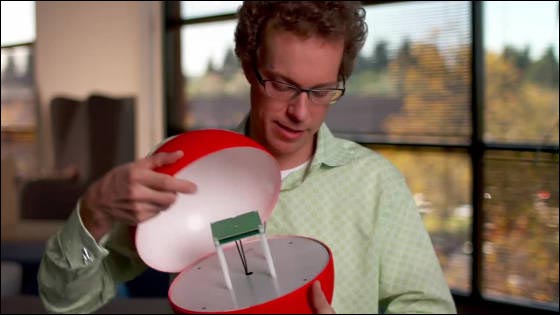
A black cable connects the antenna and the radio.

This silver diskReflector (Reflector), This is the "liver" of the antenna device.

This green part is called a "patch antenna" ......
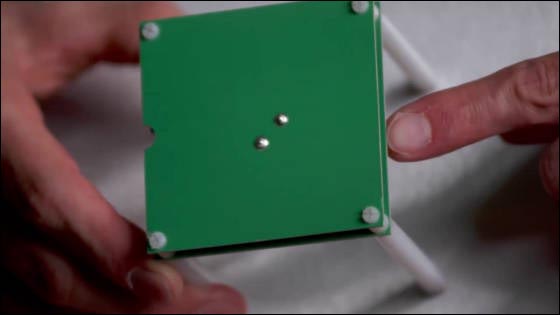
You can receive the signal reflected by the reflector.
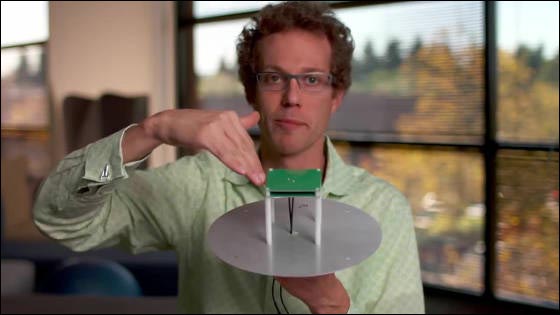
Of course, you can also receive signals that go directly.
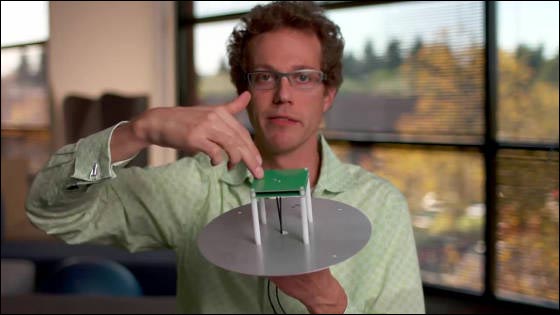
Thanks to the circular reflector and the central receiver, you can keep the radio field strength correct.
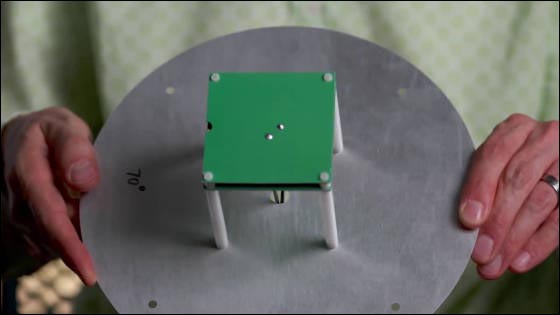
When receiving signals from communication satellites that move according to the rotation of the earth ......
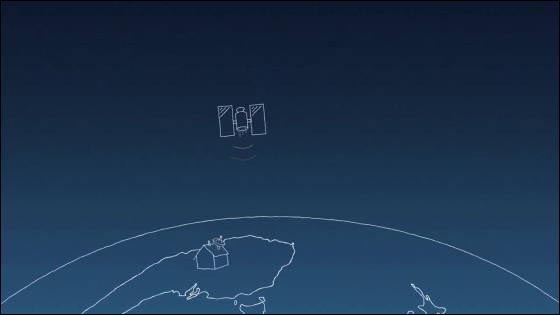
The antenna is OK if it points to a specific direction ... ...
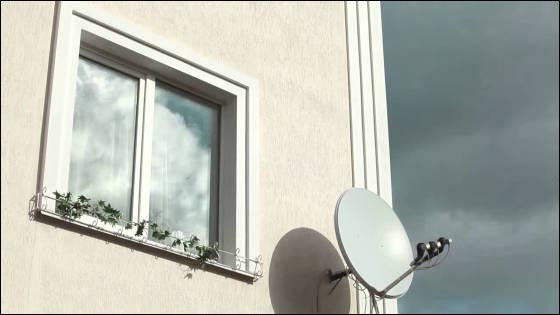
Since the balloon will follow the air in various directions, it is necessary to have a mechanism that can receive the signal regardless of the position of the balloon. So the receiving antenna is designed in this way.

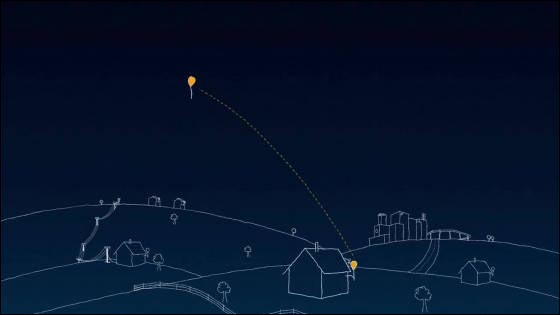

The first flight test is based on the purpose "to be simple", eliminating any complexity.

Receiving antenna installed on the ground. However, since improvement will continue in the future, it is undecided whether it will remain in this form in the future.
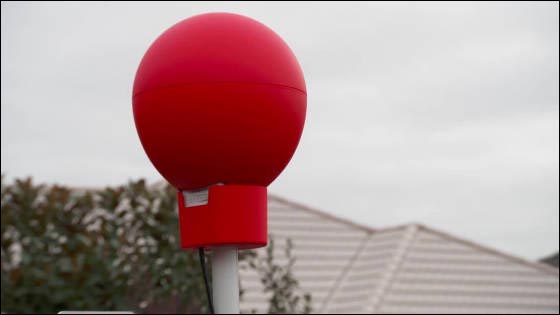
According to the plan of Google, Rune can access the Internet even in a barren land like Antarctica.
Related Posts:
in Web Service, Hardware, Video, Posted by darkhorse_log







